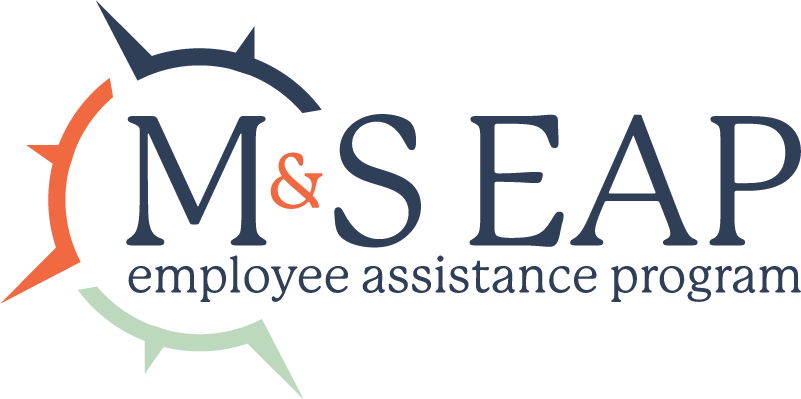Reducing Risk of Workplace Violence in 5 Steps

A staggering 2 million Americans suffer from workplace violence each year, according to OSHA. This number does not account for the high percentage of incidents never reported to management. No longer is workplace violence an occasional issue brought to HR’s attention – it’s risen the ranks to become one of the main causes of death in the corporate world.
So what can companies do to care for their employees in a way which not only looks after their mental well-being, but their physical safety as well? When it comes to reducing workplace violence, it all comes down to proper training, awareness and preventative measures.
Types of workplace violence
Workplace violence isn’t solely an internal problem; in fact, many instances of violence come from external sources. In order to better understand the different types and be better prepared in preventing them, consider the four main types of workplace violence:
- Criminal intent: Typically committed by those with no association to the workplace; examples include shoplifting and robbery, trespassing and terrorism.
- Customer/client: The offender has a direct relationship with the business (such as a customer, client, patient, student, passenger, etc.) and becomes violent while being served by the business. This is most typically carried out against healthcare workers, police officers and teachers, although any business whose primary job involves working with the public is susceptible.
- Worker-on-worker: Violence carried out between two employees of a company, where at least one worker is still employed and the other worker is either also employed or was employed in the past.
- Personal relationship: The offender does not have a relationship with the business itself, but does have a personal relationship with one of the employees. A large percentage of this category includes domestic violence cases where the employee is threatened or assaulted while at work.
Preventing workplace violence
No one ever wants to be in a situation where they say “it’s too late,” or “if only we had done this and that,” or “if only someone had told me.” When it comes to violence of any kind, it’s always better to be prepared than caught off guard.
Businesses need to take steps to not only prevent violence in the workplace, but to also have emergency protocols in place. With a little time put into preventative measures and training, your place of work, whether it be an office, an airplane or a retail store, can become a safe and secure place of employment.
1. Hire the right people
Many businesses require a background check before offering someone a position. This isn’t an indicator of suspicion or distrust; rather, it takes the extra step of protecting the people already working for you. If a prospective hire has a history of violence, you as the hiring manager would want to know this before you hired the person, not after an incident occurred in the office. If you don’t already, consider implementing a background check procedure to make sure the right people work for you.
2. Install the right equipment
This looks different depending on the business, but every company should have certain safety measures in place to keep those inside safe. For example, installing metal detectors at the door, requiring photo ID before entering the office, utilizing surveillance cameras, hiring security officers to patrol the building and offering added safety precautions for those working late are simple steps that can ensure safety. Not only will employees feel the effects of these implementations, but your business will be better equipped to stop violence before it begins.
3. Implement a no-tolerance policy
If you don’t already have one, consider drafting a no tolerance policy for violence in the workplace. Be clear in defining terms and letting people know what counts as workplace violence (written/verbal threats, harassment, bullying, physical aggression, etc). Educate your staff so they understand what will not be tolerated, as well as the steps which will be taken if violence is displayed.
4. Come up with an emergency plan
No one likes thinking about worst case scenarios, but if any issues of violence arise in the office, lives could be saved if an emergency action plan is in place. For example, academic institutions carry out fire and lockdown drills regularly, in order to be prepared. Companies, too, should have a preparedness plan in case such a situation occurs; that way, everyone knows what is expected of them and accidents or injuries due to confusion or panic are significantly reduced.
5. Give employees an avenue to deal with causes of workplace violence
If you can successfully help employees deal with thoughts and feelings, they are less likely to see those same emotions manifest into workplace violence. One simple, incredibly effective option is an employee assistance program, or EAP, with services like those offered by Mazzitti & Sullivan EAP. EAP programming offers a comprehensive portfolio of helpful employee resources, including mental health treatment, counseling and behavioral therapy, substance use treatment, etc. With the promise of a kind, compassionate and confidential listening ear, employees are more likely to report workplace violence and thereby have a hand in preventing its repeated occurrence in the future.
Reach out today or call Mazzitti & Sullivan EAP at 1-800-543-5080, for more information on how simply it is to put EAP benefits to work for your business.



